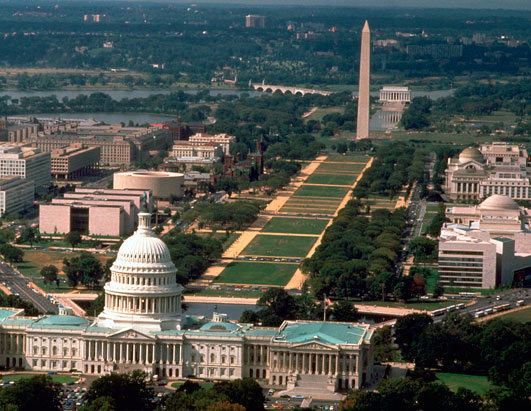
Washington D.C. is home to the world’s most extensive museum complex. Visitors often remark that they could spend an entire day in a single museum without seeing everything, and they aren’t far off. With over 137 million artifacts in the 19 Smithsonians alone, it would take over 258 years to spend one minute with each item! Five museums that Scholastica Travel regularly incorporates into our Washington D.C. tours are:
Smithsonian National Air and Space Museum
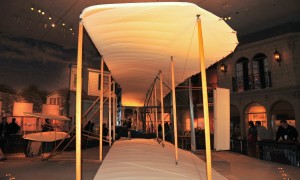
The Smithsonian National Air and Space museum houses the largest collection of aviation artifacts in the world. Two buildings compose this museum, one in the National Mall and the other is Steven F. Udvar-Hazy Center. Located between the National Museum of the American Indian and Hirshhorn Museum and Sculpture Garden, the National Mall building features include the original 1903 Wright flyer, the Apollo 11 command module, and the Bell X-1 (first to break the speed of sound), among many others. Among the largest museums in the world, it spans three city blocks and receives approximately nine million visitors each year. The museum is also an active research center for planetary science, terrestrial geology, geophysics, and the history and science of space flight and aviation. Admission is free.
Smithsonian National Museum of American History
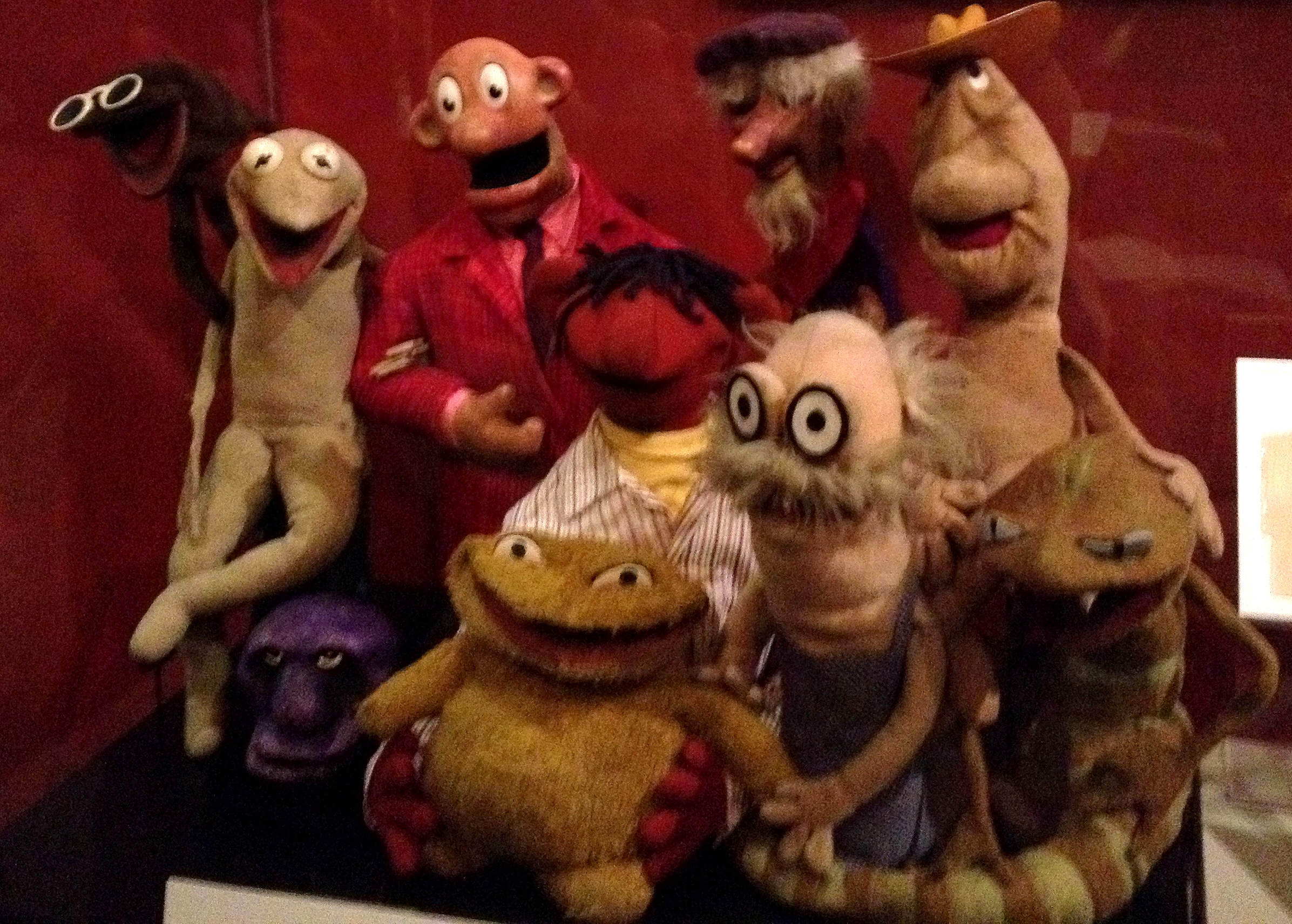
The Smithsonian National Museum of American History is located next to the Smithsonian National Museum of Natural History in the National Mall. This museum celebrates the cultural, social, political, and scientific development of the United States. Museum highlights include the flag that inspired the Star-Spangled Banner, the uniform of George Washington, Abraham Lincoln’s hat, Julia Child’s kitchen, the inaugural gowns worn by the First Ladies, and Dorothy’s ruby slippers from the Wizard of Oz. Admission is free.
Smithsonian National Museum of Natural History
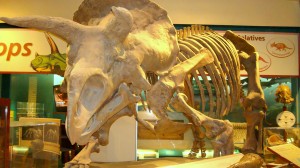
The Smithsonian National Museum of Natural History is located in the National Mall between the Smithsonian National Museum of American History and the National Sculpture Garden. The museum can be easily recognized by its green dome. Among the permanent exhibits, you will find the Hope diamond, dinosaur fossils, 674 marine specimens and models, a human evolution hall, butterfly pavilion, and much more. Like many of the Smithsonian museums, the Natural History museum is an active research facility as the collections provide essential information for answering questions about our future. Admission is free.
Smithsonian Institution Building, the Castle
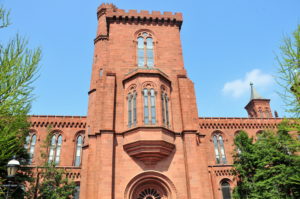
The Smithsonian Institution Building, often referred to as the Castle, is the original museum founded by James Smithson and is located in the National Mall close to the Freer Gallery of Art and Hirshhorn Museum and Sculpture Garden. Visiting the Castle is a great starting point for exploring the mall and museums. Its permanent exhibit, Smithsonian Institution: America’s Treasure Chest, holds artifacts that offer glimpses into the larger collections of each museum. The Castle also houses the Institution’s administrative headquarters and the Smithsonian Information Center. Additionally, a short, light-hearted Smithsonian orientation video featuring Ben Stiller is available for viewing. Admission is free.
United States Holocaust Memorial Museum
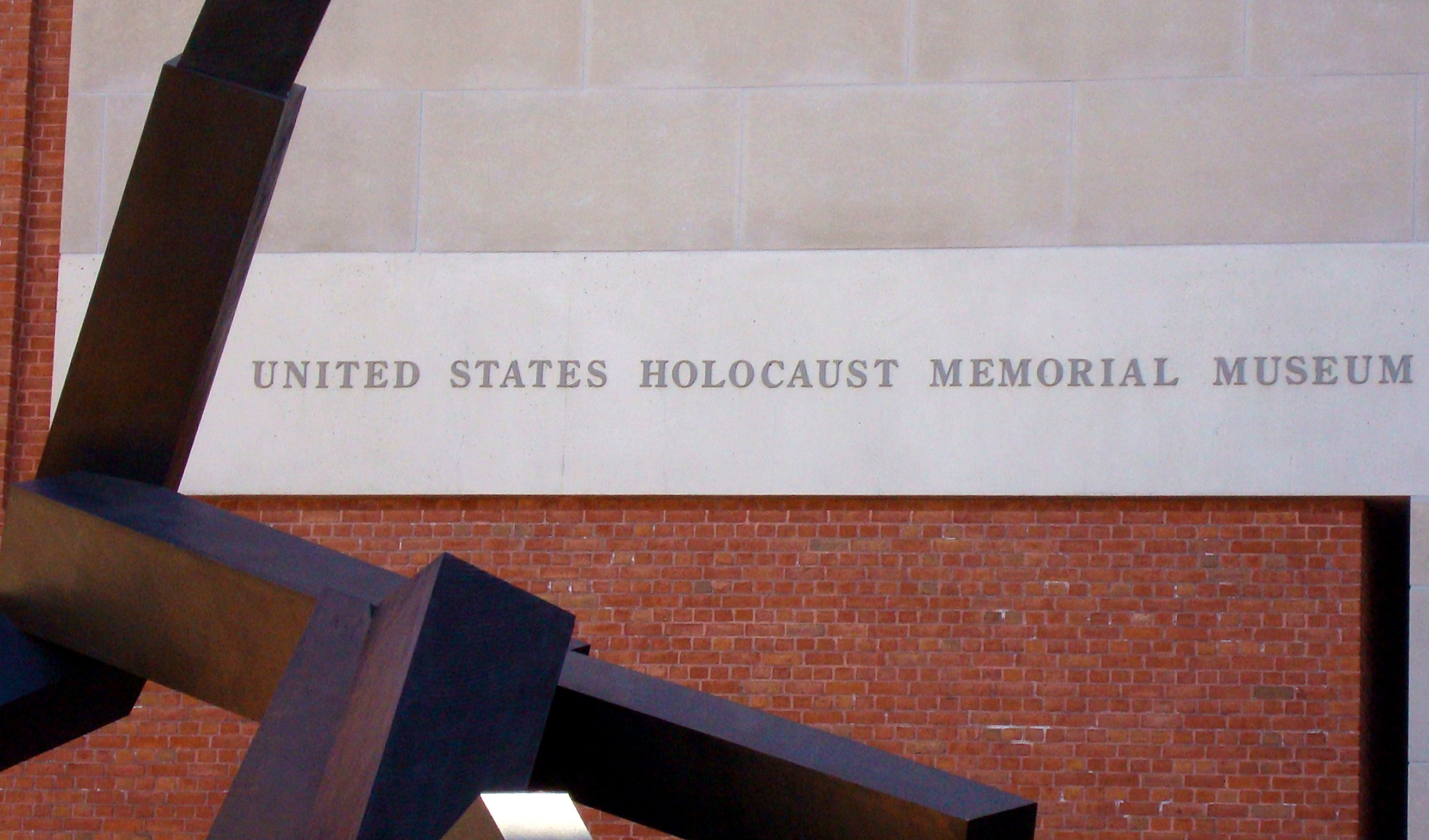
The Holocaust Memorial Museum serves as a living memorial to the Holocaust. It is located about a block from the National Mall, next to the Bureau of Engraving and Printing. The permanent exhibit spans three floors, displaying artifacts in chronological order from the third floor to the first. The three parts of the exhibition are titled“Nazi Assault,” “Final Solution,” and “Last Chapter. Admission is free.
Related Links:
10 Strange Things in the Smithsonian’s Collection
Smithsonian National Air and Space Museum
Smithsonian National American History Museum
Smithsonian National Museum of Natural History
Smithsonian Institution Building, the Castle
United States Holocaust Memorial Museum




